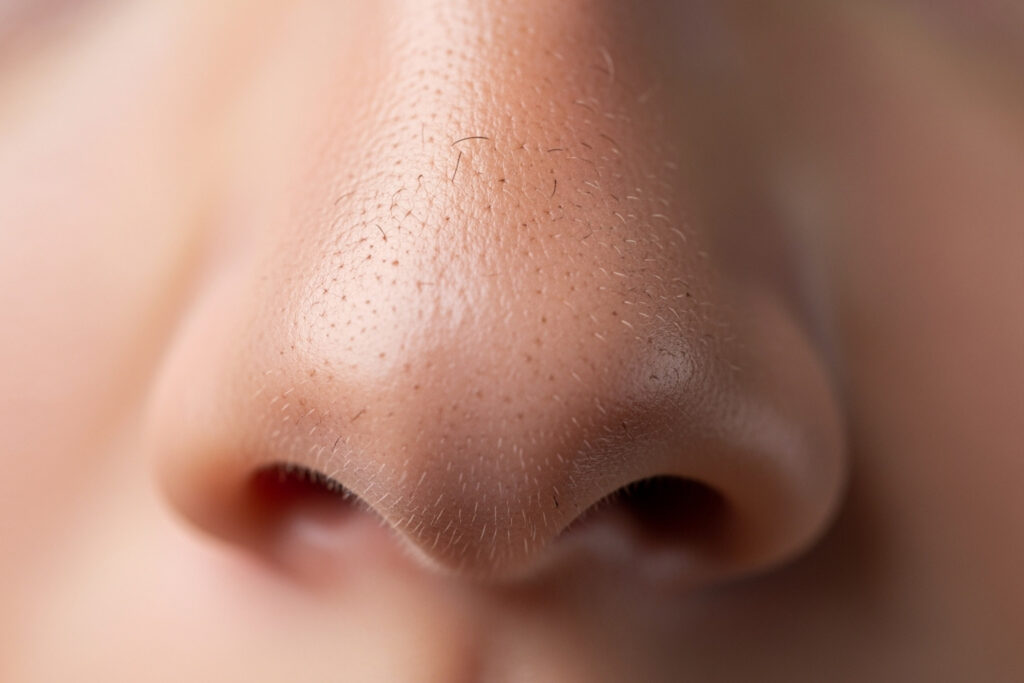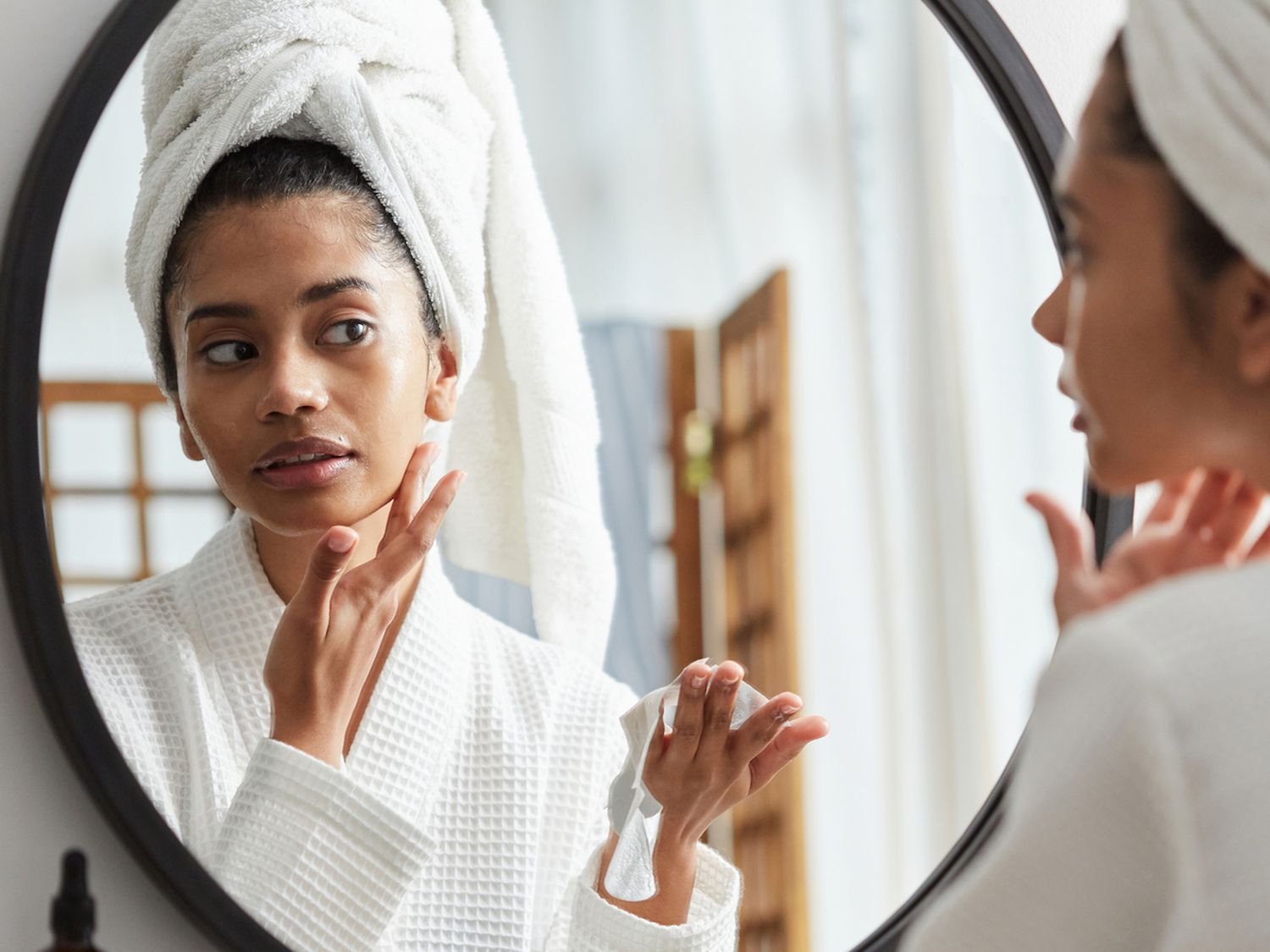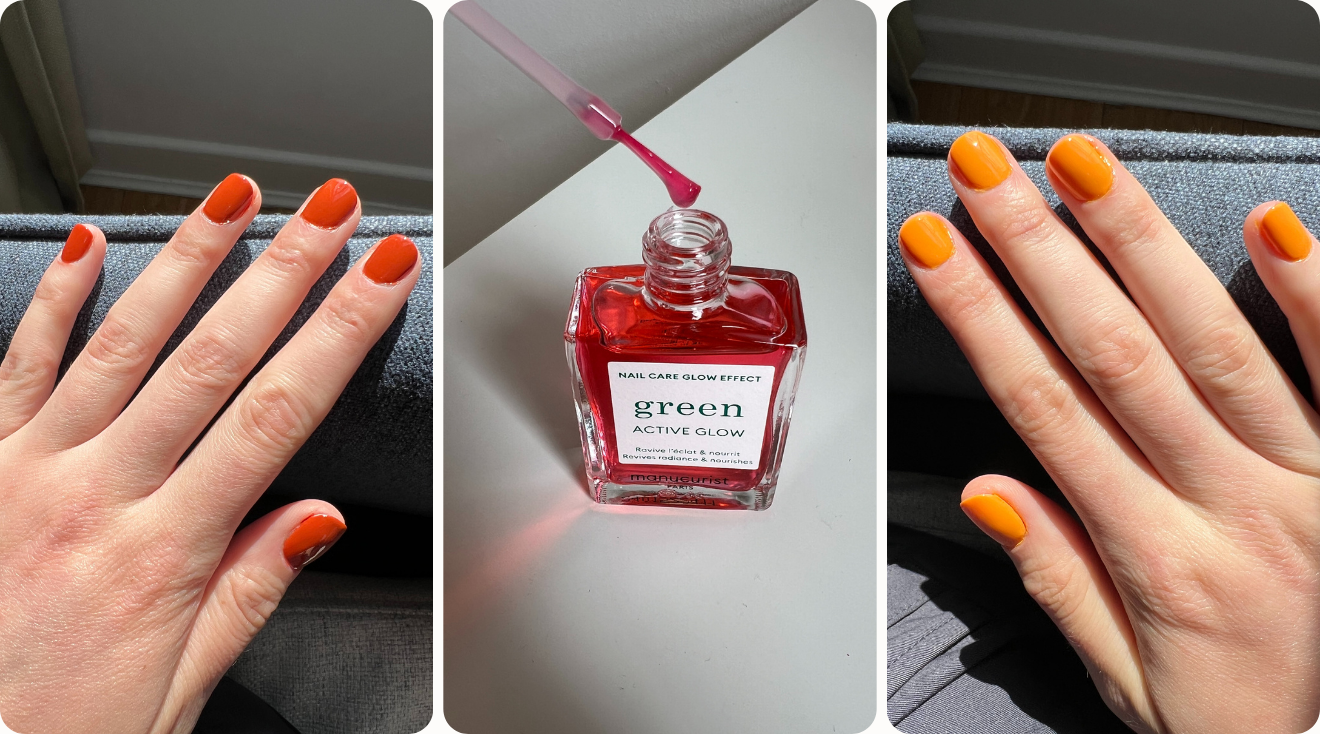Why Nose Pores Appear Larger Than Life
The best way to reduce pores on nose starts with understanding what you’re really dealing with. Those dark spots and enlarged openings on your nose aren’t just cosmetic concerns – they’re natural features that can become more noticeable due to oil buildup, genetics, and environmental factors.
Quick Answer: Best Methods to Reduce Nose Pores:
- Daily gentle cleansing with salicylic acid or gentle cleanser
- Use oil-free moisturizer to prevent excess sebum production
- Apply broad-spectrum sunscreen daily to prevent collagen breakdown
- Weekly clay masks to absorb excess oil and debris
- Never squeeze pores – this can cause scarring and inflammation
- Consider professional treatments like chemical peels or microneedling for stubborn cases
Here’s the reality: you can’t permanently shrink your pores. Research shows that pore size is largely determined by genetics, with the sebaceous glands underneath nose pores being naturally larger than those elsewhere on your face. However, you can significantly minimize their appearance through consistent, gentle care.
The nose area is particularly prone to enlarged-looking pores because it contains more oil-releasing sebaceous glands. When these pores become clogged with sebum, dead skin cells, and debris, they appear even larger. Sun damage compounds the problem by breaking down collagen and elastin, causing the skin around pores to lose firmness.
The good news? Dermatologists agree that with the right approach, you can keep pores clear and minimize their appearance dramatically. This means focusing on gentle cleansing, targeted ingredients like salicylic acid and niacinamide, and protecting your skin from further damage.
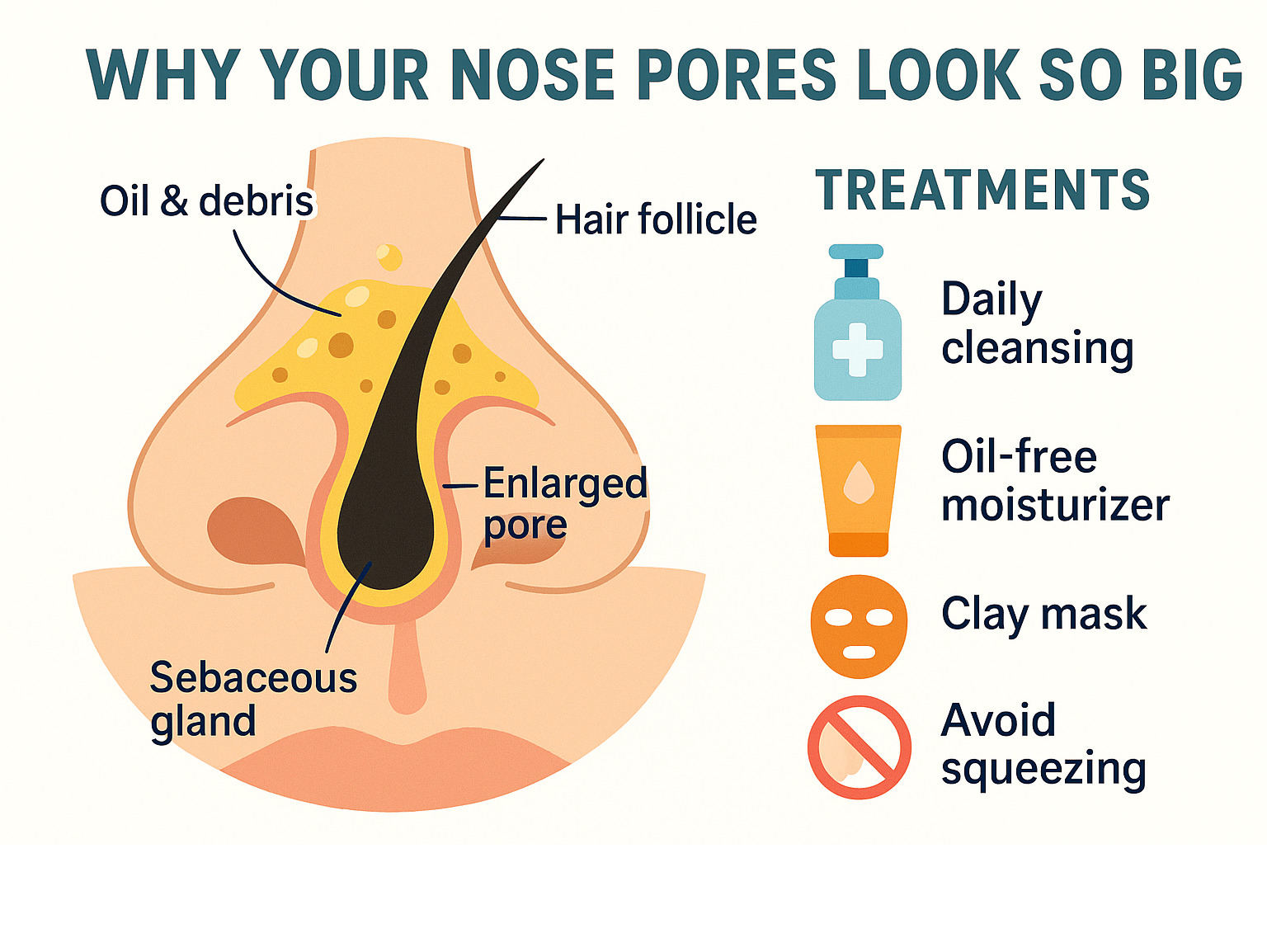
Best way to reduce pores on nose terms at a glance:
Why Your Nose Pores Look So Big
Ever notice how your nose pores seem to have their own spotlight? You’re definitely not imagining it. There are real reasons why those little openings on your nose appear more prominent than anywhere else on your face. Understanding what’s happening beneath the surface is your first step toward finding the best way to reduce pores on nose.
Genetics and Natural Pore Size
Here’s the truth nobody wants to hear: your genes wrote the first chapter of your pore story. The size of your pores is largely inherited from your parents, just like your eye color or height. But here’s what makes nose pores extra special – the sebaceous glands underneath them are naturally bigger than those on your cheeks or forehead.
Think of it this way: your nose is like the oil production headquarters of your face. These larger glands pump out more sebum (your skin’s natural oil) to keep everything moisturized. That’s why the center of your face, including your nose, tends to be oilier than the rest.
While you can’t rewrite your genetic code, you absolutely can work with what you’ve got to minimize how prominent those pores look.
Excess Sebum Production and Oily Skin
Your nose sits right in the middle of what skincare experts call the T-zone – and for good reason. This area produces significantly more oil than anywhere else on your face. When your sebaceous glands go into overdrive, all that extra oil has to go somewhere.
Unfortunately, that somewhere is often your pores. The oil mixes with dead skin cells and environmental debris, creating a cocktail that can stretch your pore walls. It’s like stuffing too much into a small bag – eventually, it’s going to look bigger and more noticeable.
This is especially true if you have naturally oily skin. The more oil your skin produces, the more likely your pores are to look enlarged and congested.
Aging and Loss of Skin Elasticity
Time has a way of changing everything, including your pores. As we age, our skin naturally produces less collagen and elastin – those crucial proteins that keep our skin firm and bouncy. Think of them as your skin’s internal scaffolding.
When this support system starts to weaken, the area around your pores begins to sag slightly. It’s like a trampoline losing its tension – the surface becomes less taut, making any indentations (your pores) appear more obvious.
This process happens gradually over time, but it’s one of the main reasons why pores tend to look larger as we get older.
Sun Damage and Environmental Stressors
Here’s where things get serious. Excessive sun exposure is one of the biggest enemies of tight-looking pores. Those UV rays don’t just cause sunburns – they actively break down the collagen and elastin that keep your skin firm.
Imagine your skin’s support structure as a rubber band. Fresh out of the package, it snaps back perfectly. But leave it in the sun for months, and it becomes brittle and stretched out. That’s essentially what happens to the skin around your pores with too much sun exposure.
Environmental pollutants add insult to injury by settling into your pores and causing inflammation, making them appear even more prominent.
Hormonal Changes
Your hormones are like invisible puppet masters controlling your skin’s oil production. During puberty, menstruation, pregnancy, or menopause, hormonal fluctuations can send your sebaceous glands into overdrive.
When hormone levels spike, oil production increases, leading to more congested and visible pores. This explains why your skin might behave completely differently during various life stages, even if your skincare routine stays the same.
Clogged Pores and Buildup
Even naturally small pores can look enormous when they’re packed with debris. When oil, dead skin cells, makeup, and daily grime mix together, they form plugs that not only make pores look darker but can actually stretch the pore opening.
Sleeping in makeup is particularly problematic because it gives bacteria, oil, and cosmetic residue eight hours to settle in and cause havoc. It’s like leaving dirty dishes in the sink – the longer you wait, the harder they are to clean.
Difference Between Sebaceous Filaments and Blackheads
Before you start attacking every dark spot on your nose, it’s important to understand what you’re actually dealing with. Many people mistake sebaceous filaments for blackheads, but they’re completely different.
Sebaceous filaments are the good guys – natural, hair-like structures that help channel oil from deep within your pores to your skin’s surface. They’re usually grayish or yellowish and are a normal part of healthy skin function. You’ll always have them, and that’s perfectly fine.
Blackheads, on the other hand, are actual acne. They form when a pore becomes completely blocked with oil and dead skin cells. The top of this plug turns black when it’s exposed to air – that’s oxidation in action.
Understanding these causes puts you in the driver’s seat when it comes to choosing the most effective strategies for your skin. The best way to reduce pores on nose isn’t one-size-fits-all – it depends on which of these factors are affecting you most.
What is the Best Way to Reduce Pores on Nose at Home?
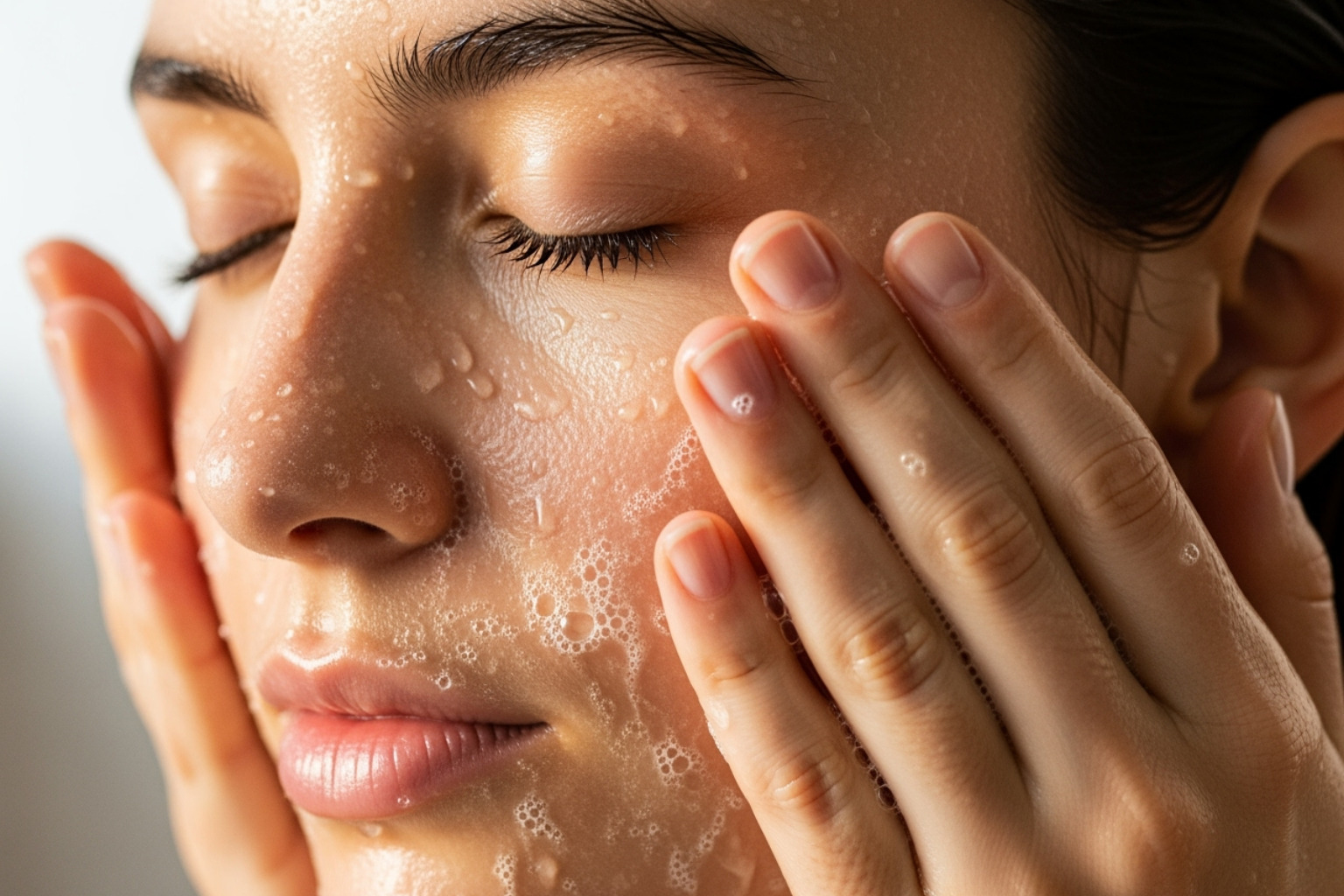
Here’s the truth about at-home pore care: consistency beats perfection every single time. While you can’t wave a magic wand and permanently shrink your nose pores, you absolutely can make them look dramatically less noticeable with the right daily habits and a gentle approach.
Think of pore care like tending a garden. You wouldn’t expect overnight results, but with steady care, you’ll start seeing real improvements in how your skin looks and feels. The best way to reduce pores on nose starts right in your bathroom with products you can easily incorporate into your routine.
Your Daily Skincare Routine: The Best Way to Reduce Pores on Nose
Your daily routine is where the real magic happens. It might seem simple, but these four steps form the foundation of healthier-looking skin.
Gentle cleansing should be your first priority, and dermatologists recommend washing your face up to twice daily – once in the morning and once before bed. Here’s what makes all the difference: use lukewarm water (not hot!) and apply your cleanser with clean fingers using gentle circular motions. Skip anything with alcohol or harsh scrubbing particles, as these can actually make pores look worse by irritating your skin.
If you have oily skin, gel-based cleansers are your best friend. They’re particularly effective at cutting through excess oil without leaving behind any pore-clogging residue. Think of them as giving your pores a fresh start each day.
Now, here’s where many people get confused: even oily skin needs moisture. An oil-free moisturizer keeps your skin balanced and happy. When your skin feels dry, it sometimes overcompensates by producing even more oil, which can make pores look larger. A good non-comedogenic moisturizer prevents this cycle.
Daily sunscreen might be the most important step you’re not thinking about. Sun damage breaks down the collagen and elastin that keep your skin firm, and when that support structure weakens, pores become more visible. Look for broad-spectrum protection with at least SPF 30 – your future self will thank you.
For a complete roadmap custom to oily, pore-prone skin, check out our Skincare Routine for Oily Skin with Large Pores.
Key Ingredients That Actually Work
Not all skincare ingredients are created equal when it comes to pores. These three powerhouse ingredients have real science backing them up:
Salicylic acid is like having a tiny cleaning crew working inside your pores. As a beta-hydroxy acid (BHA), it’s oil-soluble, which means it can dive deep into your pores and dissolve the mix of oil and dead skin cells that makes them look stretched and dark. It’s particularly brilliant for managing those stubborn sebaceous filaments on your nose that many people mistake for blackheads.
Niacinamide, also known as vitamin B3, works like a skilled mediator for your skin. It helps regulate oil production so your pores don’t get overwhelmed with sebum, while also strengthening your skin’s natural barrier. Many people notice their pores looking smaller within a few weeks of consistent niacinamide use.
Retinoids are the long-term relationship your skin needs. These vitamin A derivatives speed up cell turnover, preventing dead skin cells from camping out in your pores. Even better, they boost collagen production over time, which helps keep the skin around your pores firm and tight. Start slowly with retinoids – they can cause some initial irritation as your skin adjusts.
When shopping for products, always look for “non-comedogenic” on the label. This means the formula won’t clog your pores. At Beyond Beauty Lab, we believe in conscious skincare choices. Explore our curated Clean Beauty Products and find the Benefits of Plant-Based Skincare for effective yet gentle solutions.
Weekly Treatments and Lifestyle Habits
Beyond your daily routine, these weekly treatments and simple lifestyle tweaks can take your pore-minimizing efforts to the next level.
Regular, gentle exfoliation helps prevent the buildup that makes pores look congested. You can choose between physical exfoliators (like gentle scrubs) or chemical ones (acids that dissolve dead skin cells). The key word here is “gentle” – over-exfoliating can backfire by irritating your skin and making pores more noticeable. Aim for 2-3 times per week, depending on how sensitive your skin is. The American Academy of Dermatology has excellent guidance on how to safely exfoliate at home.
Clay masks are like a reset button for oily, congested skin. Applied once or twice weekly to your nose and T-zone, they draw out excess oil and impurities, leaving pores looking cleaner and smaller. It’s one of those treatments where you can actually see the difference immediately.
Your lifestyle choices matter more than you might think. Staying hydrated keeps your skin plump and healthy, while a balanced diet rich in antioxidants supports your skin’s natural functions. Try to limit processed foods and excess sugar, which can contribute to inflammation and oil production.
Two simple habits can make a huge difference: always remove makeup before bed (sleeping in makeup is like giving bacteria a party invitation) and rinse your skin after exercise. While sweating during workouts is great for your skin, leaving sweat and oil sitting on the surface can lead to clogged pores.
The best way to reduce pores on nose isn’t about finding one miracle product – it’s about creating a consistent routine that works with your skin, not against it.
Why You Should Never Squeeze Your Nose Pores
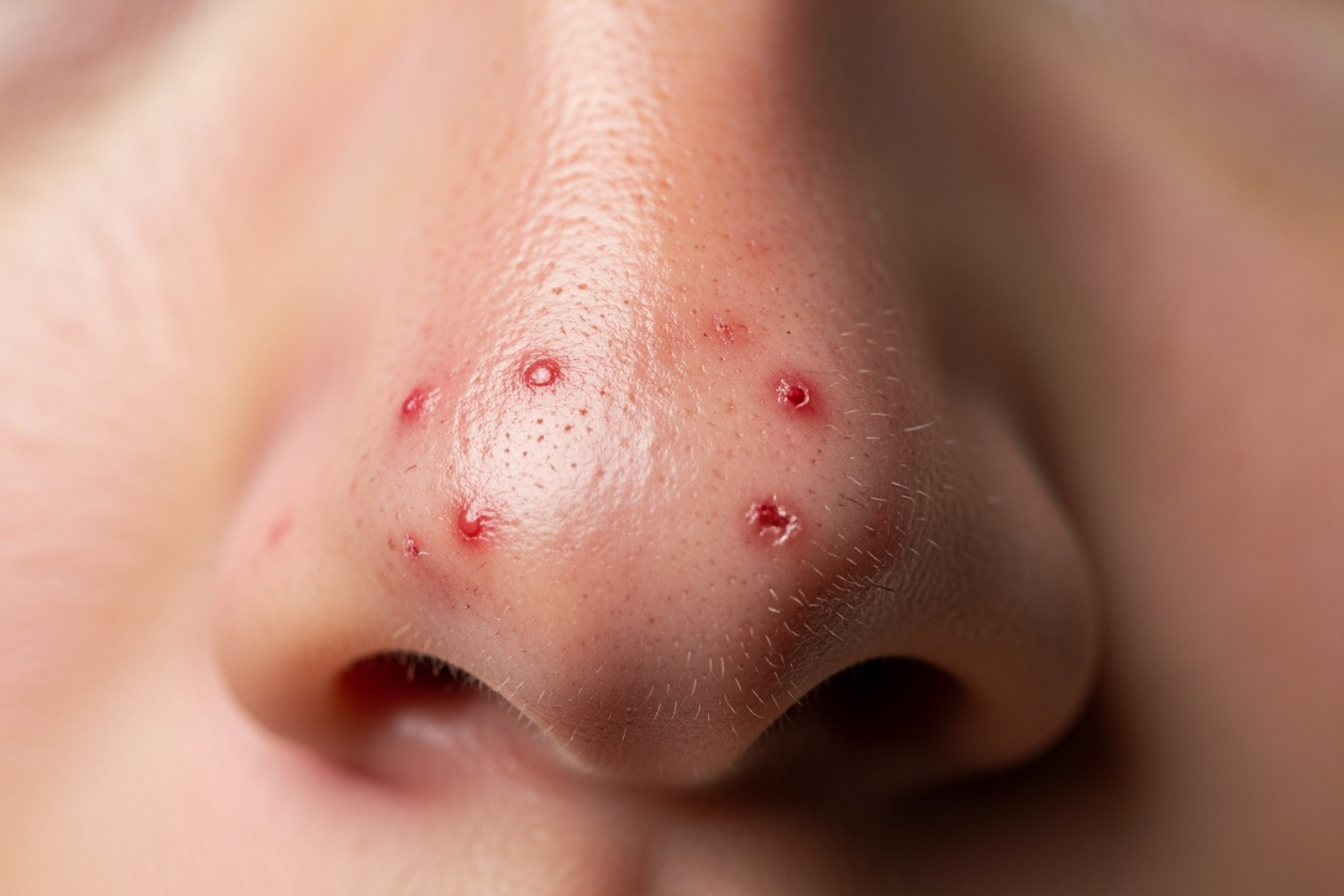
We get it. That urge to squeeze those stubborn blackheads or sebaceous filaments on your nose is almost irresistible. You see what looks like a simple solution – just push it out, right? But here’s the truth: squeezing your nose pores is absolutely not the best way to reduce pores on nose, and it can actually make things much worse.
Think of your pores like delicate tubes lined with sensitive skin. When you squeeze them, you’re essentially creating a mini trauma zone. The risk of scarring and inflammation is real and lasting. That pressure from your fingers can damage the delicate tissue around the pore, leading to red marks, swelling, and potentially permanent scars that are far more noticeable than the original pore ever was.
Here’s what’s really happening when you squeeze: you’re pushing bacteria deeper into your skin. Even if your hands seem clean, they carry bacteria that gets forced down into the follicle along with oil and debris. It’s like taking a small problem and shoving it deeper underground where it can cause more damage.
The result? You’re setting yourself up for potential infection and worsening breakouts. That squeezed pore becomes an open wound, vulnerable to bacterial invasion. This can lead to painful, inflamed pimples or even cysts that take weeks to heal. Plus, the pore will likely refill within hours anyway, making your efforts both painful and pointless.
Instead of giving in to the squeeze temptation, focus on consistent, gentle care that actually works long-term. Regular cleansing with salicylic acid, proper exfoliation, and patience will give you much better results without the risks. For those persistent blackheads that seem to mock your willpower, check out our Best Skincare Routine for Blackheads and Oily Skin for gentle yet effective solutions that won’t leave you with angry, irritated skin.
Your nose will thank you for choosing the patient, gentle approach over the quick squeeze fix.
Advanced Solutions for Stubborn Nose Pores
When at-home care isn’t enough, consider advanced options with a licensed skincare professional.
Sometimes, even the most dedicated at-home routine hits its limits. If you’ve been consistent with gentle cleansing, using the right ingredients, and protecting your skin from sun damage, but those nose pores still feel too prominent, it might be time to bring in the professionals.
Don’t worry – this doesn’t mean you’ve failed at skincare! Some pores are simply more stubborn due to genetics, years of sun damage, or deeply embedded congestion that needs a stronger approach. Professional treatments can provide the extra boost your skin needs to achieve that smoother, more refined look you’re after.
Professional Treatments: The Best Way to Reduce Pores on Nose with Expert Guidance
Think of professional treatments as your skincare routine’s power-up. While your daily habits maintain healthy skin, these advanced options can create more dramatic improvements in pore appearance.
Professional-grade chemical peels offer deeper exfoliation than anything you can do at home. During this treatment, a trained professional applies a carefully selected chemical solution to your skin, which removes the top layer of dead cells and stimulates fresh skin growth. This process not only helps unclog pores but also encourages your skin to produce new collagen. The result? Tighter, smoother skin with less visible pores. There are different strengths available, from gentle lunchtime peels to more intensive treatments that require a few days of recovery.
Microneedling might sound intimidating, but it’s actually a gentle way to trick your skin into healing itself. Using tiny, sterile needles, this treatment creates controlled micro-injuries that prompt your skin’s natural repair response. Your body responds by ramping up collagen and elastin production – the very proteins that keep skin firm and tight around pores. Most people need a series of treatments spaced a few weeks apart, but the results can be quite impressive for pore reduction.
For those seeking the best way to reduce pores on nose with cutting-edge technology, laser therapy offers precise skin resurfacing. Different types of lasers work by targeting either the surface layer or deeper skin structures. Some remove the top layer of skin to reveal fresh, smoother skin underneath, while others heat the deeper layers to stimulate collagen remodeling. The increased collagen helps tighten the skin around pores, making them appear significantly smaller.
Microdermabrasion provides a gentler alternative that’s perfect for those new to professional treatments. This procedure uses a specialized device to buff away the outermost layer of dead skin cells, instantly improving skin texture and helping to unclog pores. It’s less intensive than other options and typically requires no downtime, though you’ll likely need several sessions for optimal results.
Here’s the most important part: always consult a licensed professional for personalized advice. A board-certified dermatologist or licensed aesthetician can examine your skin, discuss your concerns, and recommend the safest, most effective treatment plan for your specific needs. They’ll also explain what to expect during recovery and how to care for your skin afterward.
We understand that choosing the right professional treatment can feel overwhelming. That’s why we’re here to help guide you through the process. Contact Beyond Beauty Lab for personalized skincare consultations to discuss your specific concerns and goals. Our experts can help you understand which treatments might work best for your skin type and lifestyle.
Frequently Asked Questions about Reducing Nose Pores
We understand that navigating pore care can feel overwhelming, especially with so much conflicting information out there. Let’s tackle the most common questions we hear from people looking for the best way to reduce pores on nose with honest, science-backed answers.
Can you permanently shrink nose pores?
Here’s the truth that might disappoint some but will save you money and frustration: no, you cannot permanently shrink nose pores. Pore size is largely written in your DNA, just like your eye color or height. The structure of your sebaceous glands and the natural elasticity of your skin are inherited traits that we simply can’t change permanently.
But here’s the encouraging part – while you can’t shrink them permanently, you can make them appear dramatically smaller and less noticeable. Think of it like this: a clean, unclogged pore will always look smaller than one filled with oil and debris. When you keep your pores clear and support your skin’s natural collagen production, the difference can be remarkable.
The key is managing what you can control: oil production, dead skin cell buildup, and skin firmness. With consistent care using ingredients like salicylic acid and niacinamide, plus proper sun protection, your pores can look significantly refined.
How long does it take to see a difference in pore size?
Patience is probably the hardest part of any skincare journey, but we promise it’s worth it. With a consistent at-home routine that includes gentle cleansing, targeted exfoliation, and pore-minimizing ingredients, most people start noticing improvements within 4 to 8 weeks.
During the first few weeks, you might notice your skin feeling cleaner and looking less oily. The real pore-refining magic typically becomes visible around the 6-week mark, when cell turnover has had time to work its magic and your skin starts looking smoother overall.
Professional treatments can offer faster results. After a chemical peel or microneedling session, you might see improvements within just a few weeks. However, professional treatments usually work best as a series rather than one-time fixes.
The most important thing? Don’t give up after just a week or two. Your skin needs time to respond to new ingredients and routines, especially if you’re dealing with stubborn nose pores.
Are pore strips a good way to clean nose pores?
We get it – pore strips can be incredibly satisfying. There’s something almost addictive about seeing all that gunk pulled out of your pores. But here’s why they’re not the best way to reduce pores on nose for long-term results.
Pore strips only address what’s sitting on the surface. They can remove some debris and sebaceous filaments (those grayish threads that are actually normal parts of your pore structure), but they don’t tackle the root causes of enlarged-looking pores like excess oil production or poor skin texture.
More concerning is that pore strips can be quite harsh on your skin. The adhesive can cause irritation, redness, and even broken capillaries around your nose – especially if you use them frequently. Some people find their skin looks more inflamed after using strips, which can actually make pores appear larger temporarily.
Instead of relying on pore strips, focus on gentle, consistent care. Chemical exfoliants like salicylic acid work inside your pores to dissolve buildup gradually and safely. Clay masks can absorb excess oil without the harsh pulling action. These methods might not give you that instant gratification, but they’re much better for your skin’s long-term health and appearance.
If you do occasionally use a pore strip, make sure to follow up with a gentle moisturizer and avoid using them more than once a week.
Conclusion
Taking control of your nose pores doesn’t have to feel like an uphill battle. Throughout this journey together, we’ve uncovered the truth about pores – that while genetics plays a major role, you have more power than you might think to minimize their appearance and achieve the smoother skin you’re dreaming of.
The best way to reduce pores on nose isn’t about finding a magic overnight solution. Instead, it’s about embracing a thoughtful, consistent approach that respects your skin while delivering real results. Think of it as building a friendship with your skin – the more you understand what it needs and treat it with gentle care, the better it responds.
Your daily routine is where the magic happens. Gentle cleansing with the right products, oil-free moisturizing to keep your skin balanced, and daily sunscreen to protect against collagen breakdown form the foundation of healthy-looking skin. When you add targeted ingredients like salicylic acid for deep pore cleansing, niacinamide for oil balance, and retinoids for smoother texture, you’re giving your skin exactly what it needs to look its best.
Remember those weekly treatments we discussed? Clay masks and gentle exfoliation aren’t just pampering extras – they’re powerful tools that work alongside your daily routine to keep pores clear and less noticeable. And please, resist the urge to squeeze! Your future self will thank you for choosing patience over instant gratification.
For those stubborn cases where at-home care needs a boost, professional treatments like chemical peels, microneedling, and laser therapy can provide that extra push toward your goals. The key is working with licensed professionals who understand your unique skin needs.
At Beyond Beauty Lab, we believe that beautiful skin comes from understanding your skin and making informed choices. We’re here to support you with educational resources, clean beauty insights, and the kind of expert guidance that makes your skincare journey feel less overwhelming and more empowering.
Your skin is unique, and your approach should be too. Whether you’re just starting your pore-minimizing journey or looking to refine your existing routine, consistency and patience will be your greatest allies. With the right knowledge and commitment, those nose pores that once seemed so prominent can become a much smaller part of your beauty story.

